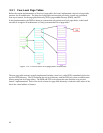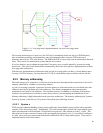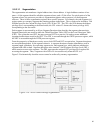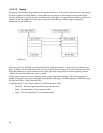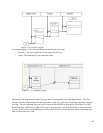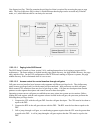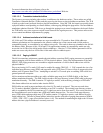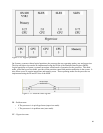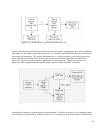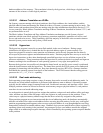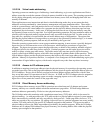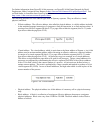
The PS flag in the page directory entry (PDE.PS) selects between 4 KB and 2 MB page sizes.
5.5.2.2 System p
Linux on POWER5 System p systems runs only in Logical Partitioning (LPAR) mode. The System p offers
the ability to partition one system into several independent systems through LPAR. LPAR divides the
processors, memory, and storage into multiple sets of resources, so each set of resources can be operated
independently with its own OS instance and applications.
LPAR allows multiple, independent operating system images of Linux to run on a single System p server.
This section describes logical partitions and their impact on memory addressing and access control. To learn
more about System p systems, see “PowerPC 64-bit Kernel Internals” by David Engebretson, Mike Corrigan
& Peter Bergner at http://lwn.net/2001/features/OLS/pdf/pdf/ppc64.pdf.
System p systems can be partitioned into as many as 32 logical partitions. Partitions share processors and
memory. A partition can be assigned processors in increments of 0.01. Figure represents a 4 CPU system
that is split into 4 logical partitions. The hypervisor provides preemptive time slicing between partitions
sharing a processor, guaranteeing that a partition gets the exact allocated share of the CPU, not more or less,
even if the remainder of the processor is unused.
92
Figure 5-33: Paging data structures



